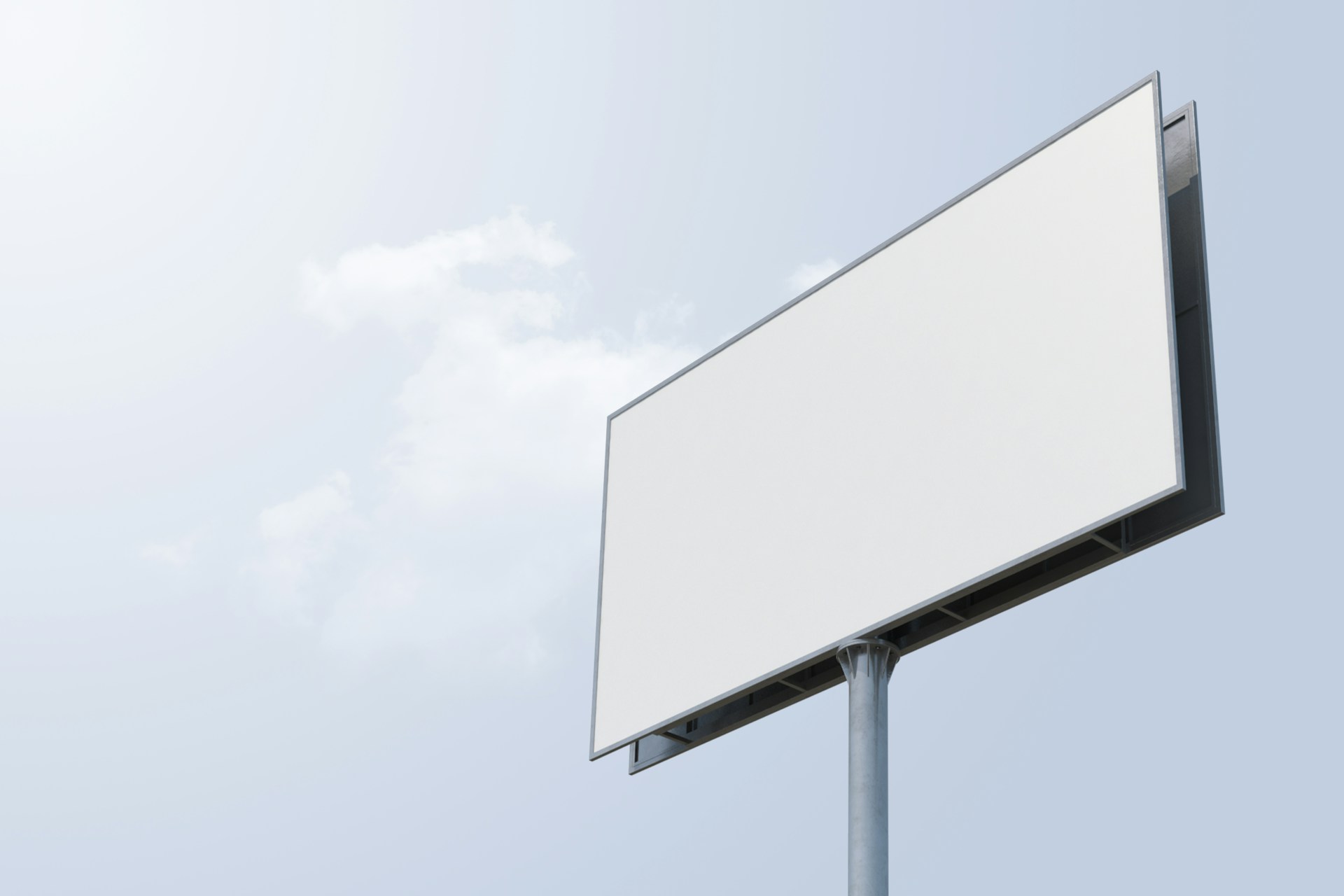
Site navigation is one of those things people only really notice when it goes wrong. If someone can’t find what they’re looking for within a few clicks, chances are they’ll leave and not bother coming back. Clear, well-ordered navigation helps keep users on your site, makes your brand feel more trustworthy, and encourages people to take the next step like reading more, signing up, or buying something. But when broken site navigation hits, everything starts to feel clunky and confusing.
Broken navigation can show up in many different ways. Maybe links do not go anywhere, or they send people to the wrong page. Sometimes menus disappear on mobile or stop working after a redesign. You might even have buttons that lead nowhere. It is frustrating for your visitors, and it quietly damages your performance without you even realising. Let’s take a look at how to spot the signs early and what steps will help you get things back on track.
Identifying The Problem Areas
Fixing site navigation starts with knowing where it is actually broken. Not all issues are obvious right away, and some take a bit of digging. If you’re seeing user drop-offs or your bounce rate is suddenly higher, navigation could be part of the problem. Common trouble spots include clumsy menus, bad links, or sections of the menu that do not match across pages. These details can quickly create frustration for visitors.
Here are a few issues to look out for:
1. Messy menu structure: If your navigation bar is packed with too many items or has dropdowns stacked on dropdowns, people get overwhelmed. It should guide users, not bury them in options.
2. Broken or incorrect links: This is a classic mistake. A link that leads to a 404 page or points to the wrong destination breaks the trust users have in your site.
3. Inconsistent navigation: If the menu changes slightly from page to page, it feels like the site is unstable. Users want the menu to behave the same way no matter where they are.
4. Poor mobile behaviour: Menus that do not collapse correctly or have touch targets that are too small are frustrating on mobile devices, which is how most people browse now.
One example we have seen is a business that had a professional-looking homepage menu, but as soon as a user clicked into the blog section, the menu changed design and stopped working on mobile. That inconsistency cut off traffic and affected how visitors interacted with their content.
Fixing these types of issues is not just about looks. It is about making your site easier and more enjoyable to use. Clean menus and smooth navigation create a better experience, and a better experience leads to stronger results.
The Impact Of Poor Navigation
When your navigation is off, everything else is affected. People land on your website, can’t figure out where to click next, and leave. You lose their attention before you even get the chance to show them what you offer. Even your best content or products will not help if no one can reach them easily.
Here’s how broken navigation can lead to bigger problems:
– It hurts user experience. If visitors can’t move around freely, they run into frustration. That leads to short visits and low engagement.
– It negatively affects your SEO. Search engines track how users interact with your site. If many users leave too fast, it can be flagged as a negative signal.
– It impacts conversions. Whether it is getting someone to sign up for something, make a purchase, or complete a form, dead links and clunky menus reduce your ability to convert visitors.
Think of your navigation like a map. If it is broken or confusing, no one will find their way. That leads to fewer completed actions and more missed opportunities. Fixing navigation should be a top priority for businesses that rely on their website as a key part of their digital presence.
Steps To Fix Broken Site Navigation
To address navigation problems, start with a solid game plan. First, run a full audit of your site. This helps uncover weak spots and gives clarity on what needs to be changed. Go through your site maps and check whether navigation feels intuitive. Ask yourself whether important pages are just a few clicks away. Make use of tools or manual reviews to catch broken links. It can be a slow task, but it ensures everything connects the way it should.
Next, work on streamlining your menu structure. Simple and straightforward navigation meets user expectations. Packed navigation bars can make users feel lost. Instead, group related pages under clear headers. Use language that matches what your users are likely searching for. Simplicity is often the key to making a site easier to understand and use.
Consistency matters too. Make sure navigation elements behave the same way across every page. Users need to feel at ease moving around, and if navigation randomly changes, it hurts that comfort. Regular testing also helps. Manual browsing, user testing, and professional tools all play a role in keeping navigation healthy.
Keep your internal links up to date. If you delete or move content, make sure you also check where those links appear in your menus. Dead ends leave users puzzled, especially when they come expecting answers.
Finally, desktop and mobile experience both need attention. What works with a mouse may feel cramped or hidden on a phone. Watch out for overlapping touch areas, oversized dropdowns, and zooming issues.
When To Seek Professional Help
Even with effort, navigation problems can sometimes persist. If fixes seem unclear or your site is due for a bigger redesign, it might be time to bring in a professional. A web design company can help you sort through the mess and offer expert solutions.
They can simplify complicated layouts, create streamlined navigation systems, and ensure your site works well across all devices. Professionals bring experience and structure, which makes everything feel more put together. You will likely save both time and stress by hiring someone who knows these issues inside and out.
The real benefit comes in long-term reliability. A web design company will not only fix what is wrong today, but build a stronger system you do not need to keep patching in the future. That peace of mind lets you focus more on your content and customers while they handle the technical side.
Navigating Towards Success
Making your site’s navigation better creates a smoother path for your users and helps your business gain more value from online visits. Clear menus guide users, keep them exploring, and increase your chances of turning those views into actions.
By thinking like your users and building an experience that meets their needs, you make your site a place they want to return to. That consistent and smooth journey helps build trust and loyalty over time.
Improving navigation does not have to be a huge project, but done right, it can have a lasting impact on how people use and remember your website. Whether you’re fixing broken links, tidying up menus, or bringing in help for a full redesign, these improvements pay off with stronger results.
Your website should support all your goals without confusing the people trying to reach them. Fix the roadblocks, and your users will stay longer, engage more, and convert better. With better navigation comes a better experience, and with a better experience comes growth.
Revamping your site’s navigation can transform the way users interact with your brand. As you move forward in this process, consider partnering with a trusted professional. Wonderful offers expert services in streamlining user experiences, helping you turn your website into a competitive asset. If you find yourself needing more comprehensive help, our team can make all the difference. Explore how working with a web design company can elevate your site, ensuring smooth, efficient navigation, boosting both user experience and business growth.


